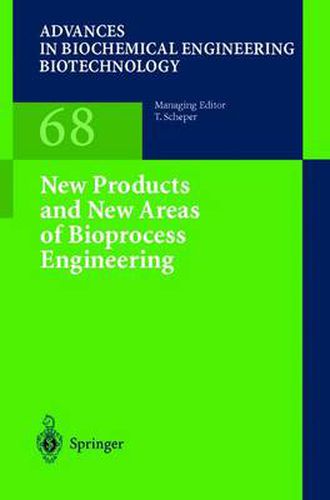Readings Newsletter
Become a Readings Member to make your shopping experience even easier.
Sign in or sign up for free!
You’re not far away from qualifying for FREE standard shipping within Australia
You’ve qualified for FREE standard shipping within Australia
The cart is loading…






This title is printed to order. This book may have been self-published. If so, we cannot guarantee the quality of the content. In the main most books will have gone through the editing process however some may not. We therefore suggest that you be aware of this before ordering this book. If in doubt check either the author or publisher’s details as we are unable to accept any returns unless they are faulty. Please contact us if you have any questions.
Today, ergot alkaloids have found widespread clinical use and more than 50 formulations contain natural or semisynthetic ergot alkaloids. They are used in the treatment of uterine atonia, postpartum bleeding, migraine, orthostatic circulatory disturbances, senile cerebral insufficiency, hypertension, hyp- prolactinemia, acromegaly, and Parkinsonism. Recently, new therapeutic - plications have emerged, e.g., against schizophrenia and for therapeutic usage based on newly discovered antibacterial and cytostatic effects,immunomodu- tory and hypolipemic activity.The broad physiological effects of ergot alkaloids are based mostly on their interactions with neurotransmitter receptors on the cells. The presence of hidden structures resembling some important neu- humoral mediators (e.g., noradrenaline, serotonin, dopamine) in the molecules of ergot alkaloids could explain their interactions with these receptors [1]. Ergot alkaloids are produced by the filamentous fungi of the genus, Claviceps (e.g., Claviceps purpurea - Ergot, Mutterkorn). On the industrial scale these alkaloids were produced mostly by parasitic cultivation (field production of the ergot) till the end of the 1970s. Today this uneconomic method has been - placed by submerged fermentation. Even after a century of research on ergot alkaloids the search still continues for new, more potent and more selective ergot alkaloid derivatives.
$9.00 standard shipping within Australia
FREE standard shipping within Australia for orders over $100.00
Express & International shipping calculated at checkout
This title is printed to order. This book may have been self-published. If so, we cannot guarantee the quality of the content. In the main most books will have gone through the editing process however some may not. We therefore suggest that you be aware of this before ordering this book. If in doubt check either the author or publisher’s details as we are unable to accept any returns unless they are faulty. Please contact us if you have any questions.
Today, ergot alkaloids have found widespread clinical use and more than 50 formulations contain natural or semisynthetic ergot alkaloids. They are used in the treatment of uterine atonia, postpartum bleeding, migraine, orthostatic circulatory disturbances, senile cerebral insufficiency, hypertension, hyp- prolactinemia, acromegaly, and Parkinsonism. Recently, new therapeutic - plications have emerged, e.g., against schizophrenia and for therapeutic usage based on newly discovered antibacterial and cytostatic effects,immunomodu- tory and hypolipemic activity.The broad physiological effects of ergot alkaloids are based mostly on their interactions with neurotransmitter receptors on the cells. The presence of hidden structures resembling some important neu- humoral mediators (e.g., noradrenaline, serotonin, dopamine) in the molecules of ergot alkaloids could explain their interactions with these receptors [1]. Ergot alkaloids are produced by the filamentous fungi of the genus, Claviceps (e.g., Claviceps purpurea - Ergot, Mutterkorn). On the industrial scale these alkaloids were produced mostly by parasitic cultivation (field production of the ergot) till the end of the 1970s. Today this uneconomic method has been - placed by submerged fermentation. Even after a century of research on ergot alkaloids the search still continues for new, more potent and more selective ergot alkaloid derivatives.